Ancient Aboriginal knowledge is helping to fill in the missing details of epic migrations made by Australia’s freshwater eel species.

EACH AUTUMN, the adults of two species of Australian eel – the longfin and southern shortfin eel (Anguilla reinhardtii and A. australis) – prepare for an epic journey to a location thought to be in the Coral Sea between Papua New Guinea and New Caledonia, where they breed and then die.
Starting from estuaries, dams and rivers along eastern Australia as well as ponds and wetlands in urban enclaves, such as Centennial Park, in Sydney, and Melbourne’s Royal Botanic Gardens, they can travel thousands of kilometres. Navigating their way through drains and stormwater networks can be a game of chance.
“When they have the urge to migrate they are determined and pretty resilient,” says ecologist Dr Jarod Lyon from the Victoria-based Arthur Rylah Institute for Environmental Research, which has carried out various studies on Australian eel populations since the 1970s. “Historically, they’ve been able to get past most barriers, as long as there’s enough rain.”
There’s plenty we don’t know about the migration of these eels. And much of what we do know comes from anecdotal evidence of eel fishers.
Bu hikaye Australian Geographic Magazine dergisinin July - August 2019 sayısından alınmıştır.
Start your 7-day Magzter GOLD free trial to access thousands of curated premium stories, and 9,000+ magazines and newspapers.
Already a subscriber ? Giriş Yap
Bu hikaye Australian Geographic Magazine dergisinin July - August 2019 sayısından alınmıştır.
Start your 7-day Magzter GOLD free trial to access thousands of curated premium stories, and 9,000+ magazines and newspapers.
Already a subscriber? Giriş Yap

SULAWESI SENSATIONS
There are worlds within worlds and marvels untold waiting to be experienced on Indonesia's remote islands.
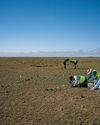
SEARCHING FOR AUSSIE DINOSAURS
Our understanding of where to find ancient life in Australia has been turned on its head by a new appreciation of the country's geology. Now the world is looking to our vast outback as the latest hotspot to locate fossils.
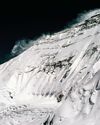
THE HARDEST NIGHT
The first Australian ascent of Mt Everest in 1984 is one of the great feats of mountaineering. Climbed by a small team semi-alpine style, with no bottled oxygen, via the Great (Norton) Couloir, it remains unrepeated 40 years later.
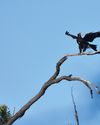
WEDGE-TAILED WONDER
The chance discovery of an eagle nest leads to an extended vigil observing normally hidden behaviours of one of nature's supreme winged marvels.
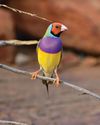
BURDENED BY BEAUTY
Northern Australia's Gouldian finch survives in huge numbers in cages around the world, but its wild population continues to struggle.
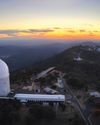
A TELESCOPE FOR A GOLDEN AGE
After a stellar 50 years as one of the country's major scientific assets, the AAT continues to play a major role in keeping Australian astronomy on the world stage.
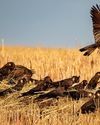
COCKY WHISPERING AT COOMALLO CREEK
This patch of remnant bush on the edge of the West Australian wheatbelt is a place loved by one of Australia's rarest bird species and the man who has studied the site for more than 50 years.

A PIONEERING PAIR
Louisa Atkinson and her mother, Charlotte, were among Australia's earliest authors, and pioneers in women's rights.

THE LONGEST WALK
Lucy Barnard is walking from Argentina to Alaska -the length of the Americas - on an extraordinary journey of endurance and adventure.
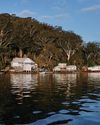
SECLUDED, BUT NOT ALONE
In an era of heightened social isolation, where many of us lead lonely lives, Dangar Island offers the chance to be part of a supportive, connected community.